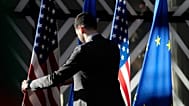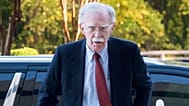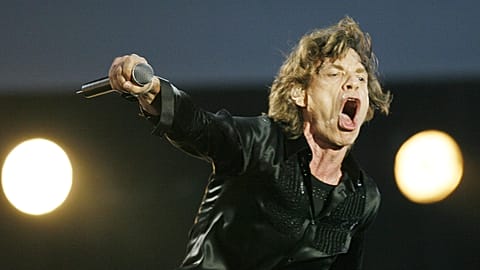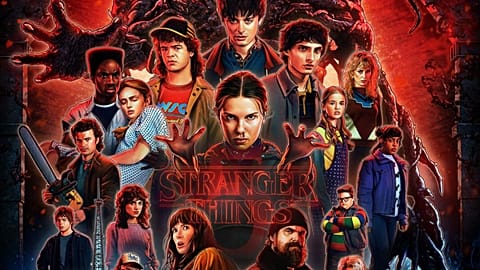21 July 1969: One small step for man, one giant leap for culture
On this day in 1969, Neil Armstrong took his first steps on the moon’s surface. The Apollo 11 mission began on 16 July when Armstrong, Buzz Aldrin and Michael Collins were launched into space in the Saturn V rocket.
It took the three-person crew three days to reach the moon’s orbit. The next day, on 20 July, the Eagle lunar module separated from the command module and began its descent. Around 4pm US time, the Eagle touched down on the Sea of Tranquility on the moon’s surface. The moment was greeted with the famous line: “The Eagle has landed”.
A few hours later, Armstrong took the first steps on the moon’s surface. The entire world watched in awe as he messaged back to NASA. “That’s one small step for a man, one giant leap for mankind.
For the eagle-eye readers, they will have rightly recognised that this all took place on 20 July. However, yesterday’s Re-View was dedicated to the anniversary of Bruce Lee’s untimely death and Armstrong walked on the moon’s surface at around 11pm US time, which was the morning on 21 July in Europe. So for our purposes, it happened today.
The Apollo 11 mission was the greatest achievement of the American space race against the USSR, first started in 1961 when President John F. Kennedy committed the country to landing a man on the moon. The space race was one of the defining cultural features of the 60s. Let’s take a look at some of the best pieces of art inspired by it.
2001: A Space Odyssey
Released in 1968, a year before the moon landing, Stanley Kubrick’s sci-fi masterpiece remains one of the defining examples of the genre 55 years after its release.
With a plot devised by Kubrick and sci-fi writer Sir Arthur C. Clarke, the epic film covers three eras in humanity’s development, all overseen by a mysterious alien monolith. The first section, dedicated to an early evolutionary stage of humanity discovering tools is so iconic, it shows up in the intro to this year’s Barbie. The following section, jumping forward millions of years when humanity has developed space travel is also iconic for the antagonistic AI HAL 9000 that has inspired many a nefarious robot since.
With jaw-dropping visuals, astounding use of classical music, and unapologetically philosophical themes, 2001: A Space Odyssey is one of the greatest films ever made.
Solaris
While it’s all well and good me waxing lyrical about 2001, I’d be remiss to not mention the Soviet masterpiece of cinema that followed. Andrei Tarkovsky’s 1972 film Solaris is a perfect second course in an elevated sci-fi double bill.
Also featuring some of the best sci-fi cinematography ever seen before as well as an incredible electronic music soundtrack, Tarkovsky’s film takes a different approach to Kubrick’s. While the British director was obsessed with the philosophical role of space travel in humanity’s progress, Tarkovsky is far more concerned with the psychological impact on the human condition when their ambitions reach the stars.
Space Oddity and Rocket Man
Released on 11 July, just over a week before the moon landing, British singer-songwriter David Bowie scored his first ever hit with ‘Space Oddity’.
Telling the story of Major Tom, Bowie’s first iconic character, as he orbits the Earth and reflects on his life, ‘Space Oddity’ captured the public’s imagination. The title is a wink towards Kubrick’s film, but where Kubrick was a cold and calculated director, Bowie fills his song with characteristic unknowable charm.
Like with the films, ‘Space Oddity’ also has a great companion piece released in 1972 with Elton John’s astonishing tune ‘Rocket Man’.
Written by John with his lyricist Bernie Taupin, the lead single to his fifth album is one of the legend’s defining songs. Both narrate the experiences of loneliness felt by astronauts as they travel through space.


















